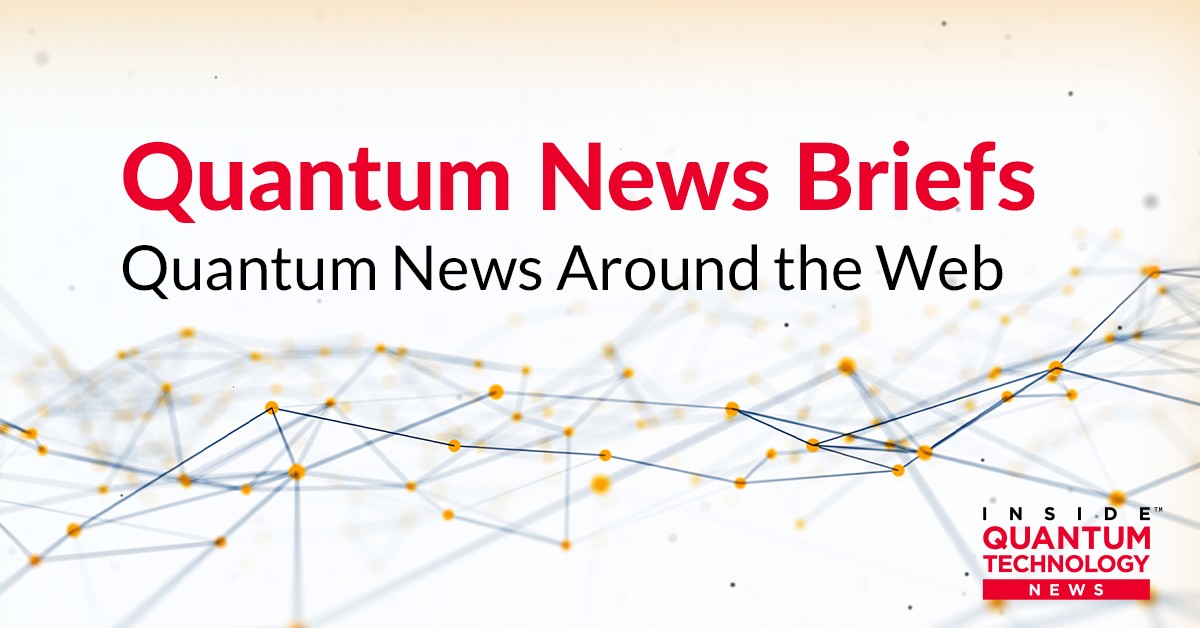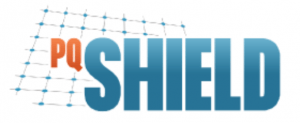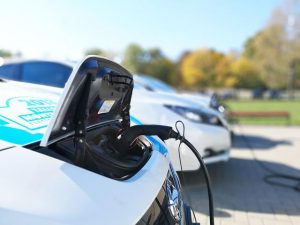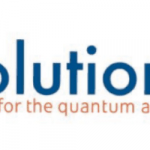Quantum News Briefs September 8: NSA sets 2035 deadline for adoption of post-quantum cryptography across national security systems, PQShield publishes post-quantum upgrade to the Signal Protocol and offers it pro bono to the Signal Foundation, High-accuracy electric vehicle battery monitoring with diamond quantum sensors for driving range extension towards carbon neutrality & MORE

Quantum News Briefs today opens with NSA announcement setting setting 2035 deadline for adoption of post-quantum cryptography across national security systems followed by news from QShield on its post-quantum upgrade to the Signal Protocol and its pro bono offers upgrade pro bono to the Signal Foundation. Third is news from a team of Japanese researchers who report breakthrough on high-accuracy electric vehicle battery monitoring with diamond quantum sensors for driving range extension towards carbon neutrality & MORE.
NSA sets 2035 deadline for adoption of post-quantum cryptography across national security systems
 John Hewitt Jones of TheFedscoop reported that”The National Security Agency in new guidance Wednesday, September 7 said it expects the owners and operators of national security systems to start using post-quantum algorithms by 2035.” Quantum News Briefs summarizes below.
John Hewitt Jones of TheFedscoop reported that”The National Security Agency in new guidance Wednesday, September 7 said it expects the owners and operators of national security systems to start using post-quantum algorithms by 2035.” Quantum News Briefs summarizes below.
In an advisory note, the intelligence agency recommended that vendors start preparing for the new technology requirements but acknowledged that some quantum-resistant algorithms have yet to be approved for use.
The memorandum includes Commercial National Security Algorithm Suite 2.0 — a new set of cryptographic standards from the agency — and comes amid rising concern about the potential for foreign adversaries to use advanced computing technology to break the public-key cryptography that for years has secured most federal systems.
Alongside the overall 2035 deadline, NSA said it expected the timeframe for the adoption of post-quantum algorithms to vary between technologies, and issued a range of additional milestones it expects the intelligence community and its vendors to hit.
According to the advisory, NSA expects that software and firmware signing for national security systems will exclusively use Commercial National Security Algorithm Suite 2.0 by 2030.
Commenting on the new guidance, NSA Director of Cybersecurity Rob Joyce said: “This transition to quantum-resistant technology in our most critical systems will require collaboration between government, National Security System owners and operators, and industry.” Click here for FedScoop article.
NOTE: IQT Quantum Cybersecurity Conference & Exhibition in New York City, October 25-27
****
PQShield publishes post-quantum upgrade to the Signal Protocol and offers it pro bono to the Signal Foundation
 Post-quantum cryptography company PQShield has today published a white paper addressing Secure Messaging in a Post-Quantum World. Quantum News Brief summarizes their announcement here.
Post-quantum cryptography company PQShield has today published a white paper addressing Secure Messaging in a Post-Quantum World. Quantum News Brief summarizes their announcement here.
In the white paper, PQShield lays out the quantum threat to secure end-to-end messaging and explains how post-quantum cryptography (PQC) can be added to the Signal secure messaging protocol to protect it from quantum attacks.
The white paper outlines how post-quantum cryptography can be applied to secure messaging in a two-party setting, which typically takes place between mobile devices, and therefore comes with specific performance and data requirements. PQShield then explains how this could be scaled to group messaging, which comes with its own unique data and bandwidth challenges.
PQShield is offering to license its end-to-end encrypted messaging IP to the Signal Foundation pro bono – if/when they plan to upgrade their system – to support the non-profit behind the free encrypted messaging app, Signal, in its mission to make secure communication accessible to everyone.
The widespread adoption of smartphones in the last decade has brought with it a meteoric rise in the use of secure messaging apps. Over 2 billion people used WhatsApp in January 2022, and 40 million people used Signal. But however secure these messaging apps are today, large-scale quantum computers will soon have the processing power to break the end-to-end encryption they rely on to keep messages private.
Adding post-quantum cryptography to the Signal protocol – considered the gold standard for establishing secure messaging between two parties – would not be without technical challenges. In the new white paper, PQShield explains the need to build quantum-secure solutions that mimic the functionality and security guarantee of the Signal protocol’s existing key components.
*****
High-accuracy electric vehicle battery monitoring with diamond quantum sensors for driving range extension towards carbon neutrality
 A team of researchers from Japan, led by Professor Mutsuko Hatano from Tokyo Institute of Technology (Tokyo Tech), has has reported a diamond quantum sensor-based detection technique that can estimate the battery charge within 1% accuracy while measuring high currents typical of EVs.
A team of researchers from Japan, led by Professor Mutsuko Hatano from Tokyo Institute of Technology (Tokyo Tech), has has reported a diamond quantum sensor-based detection technique that can estimate the battery charge within 1% accuracy while measuring high currents typical of EVs.
In their work, the team made a prototype sensor using two diamond quantum sensors that were placed on either side of the busbar (electrical junction for incoming and outgoing currents) in the car. They then used a technique called “differential detection” to eliminate the common noise detected by both the sensors and retain only the actual signal. This, in turn, enabled them to detect a small current of 10 mA amid background environmental noise.
Next, the team used a mixed analog-digital control of the frequencies generated by two microwave generators to trace the magnetic resonance frequencies of the quantum sensor over a bandwidth of 1 gigahertz. This allowed for a large dynamic range (ratio of largest to smallest current detected) of ±1000 A. Moreover, a wide operating temperature range of − 40 to + 85 °C was confirmed to cover general vehicular applications.
Finally, the team tested this prototype for Worldwide Harmonized Light Vehicles Test Cycle (WLTC) driving, a standard test for energy consumption in EVs. The sensor accurately traced the charge/discharge current from -50 A to 130 A and demonstrated the battery charge estimation accuracy within 1%.
What are the implications of these findings? Prof. Hatano remarks, “Increasing battery usage efficiency by 10% would reduce battery weight by 10%, which will reduce 3.5% running energy and 5% production energy of 20 million new EVs in 2030 WW.
*****
Archer Materials working with chip manufacturer GlobalFoundries to develop high-volume production quantum processor technology
 Australia’s Archer announced it has engaged with GlobalFoundries on industrial-scale fabrication of its 12CQ quantum chip technology, which the company claims as a breakthrough that can detect quantum information at room temperature. Quantum News Briefs shares the development here.
Australia’s Archer announced it has engaged with GlobalFoundries on industrial-scale fabrication of its 12CQ quantum chip technology, which the company claims as a breakthrough that can detect quantum information at room temperature. Quantum News Briefs shares the development here.
As part of the arrangement, Archer will have access to the technology facilities and manufacturing processes of GlobalFoundries. The two will explore pathways for potential high-volume manufacturing of 12CQ chip devices and components, and will also work closely on device and circuit design, the company said.
According to Archer, current quantum computing qubit architectures rely on custom fabrication, unlike the processor chips that power today’s classical computers, which are geared towards high-volume manufacturing using well-established semiconductor processes.
Finding ways to manufacture qubits using existing industrial-scale semiconductor foundries is therefore seen as a significant challenge in developing quantum processors, and this is what Archer is apparently hoping to tackle by teaming up with GlobalFoundries, which produces chips for customers such as AMD, Broadcom, and Qualcomm.
*****
Sandra K. Helsel, Ph.D. has been researching and reporting on frontier technologies since 1990. She has her Ph.D. from the University of Arizona.



















